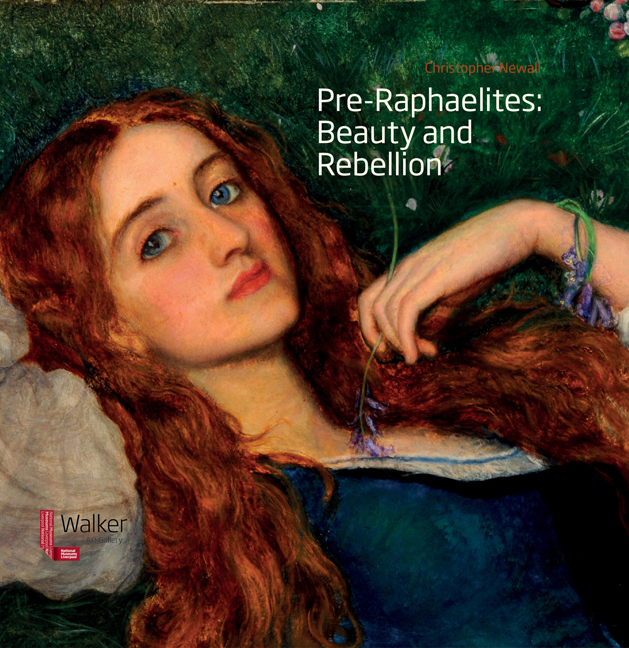Portrait of a collector
from The Liverpool patrons
Summary
This recently discovered photograph of John Miller, found amongst the papers of the Lushington family, is, to date, the only located image of the Liverpool merchant and art collector. It was in the possession of Miller's younger friend, Vernon Lushington. The ‘streaming white hair’ described by Ford Madox Brown after his first meeting with Miller in 1856 is a striking characteristic.
Miller was also the subject of portraits by some of his artist friends. John AP MacBride exhibited a bust of Miller at the Royal Academy in 1848 (No 1424; untraced), almost certainly the same piece shown at the Liverpool Academy the previous year (No 755). A marble bust of Miller (perhaps the same piece) by MacBride was also at the Liverpool Academy in 1850 (No 518), when it was praised in a review in the Liverpool Mercury: ‘Probably the best specimen of portraiture in sculpture is the one of John Miller, Esq., by McBride. For natural and dignified expression, and for ability in execution, it is a masterpiece of art, which will tend much to raise its author to the high position he evidently aspires to and deserves.’
Just over a decade later, in 1859, the highlyregarded Liverpool artist John Ewart Robertson's portrait of Miller was shown at the Royal Scottish Academy in Edinburgh (No 663; untraced). This is likely to be the same Drawing in Chalk of John Miller, Esq. that he exhibited at the Liverpool Academy that year (No 655). One of the most tantalising as yet unlocated pictures of Miller, however, was painted by the Liverpool Pre-Raphaelite John Edward Newton, and called The Late John Miller amongst his Pictures. This was included in the Worsley House sale of the collection of the Liverpool solicitor and businessman Alexander Burnes Anderson in 1879, prior to his bankruptcy in 1880.
In her will of 1938, Miller's granddaughter Margaret Anne Munn states her intention to leave to Frederick Donald Mirrielees ‘the large Oil Portrait of his great grandfather John Miller at present at his house ‘Garth’ near Aberfeldy, Perthshire.’ Both the artist and date of this picture are unknown, and the picture remains untraced.
Ford Madox Brown is known to have made a chalk drawing of Miller in 1873 (untraced) which he wrote about in letters to George Rae and to his daughter Lucy Madox Brown.
- Type
- Chapter
- Information
- Pre-Raphaelites: Beauty and Rebellion , pp. 71 - 78Publisher: Liverpool University PressPrint publication year: 2016



